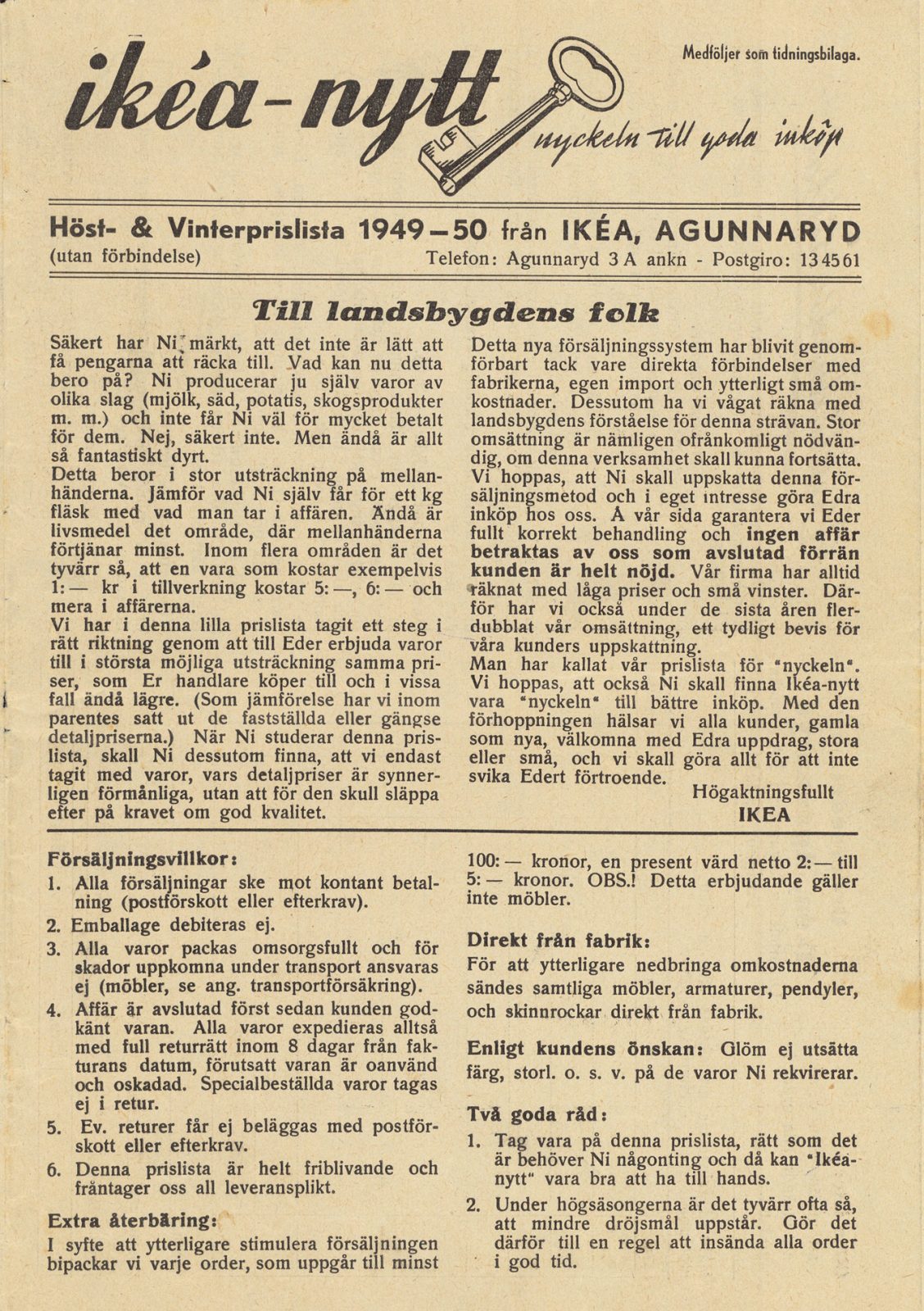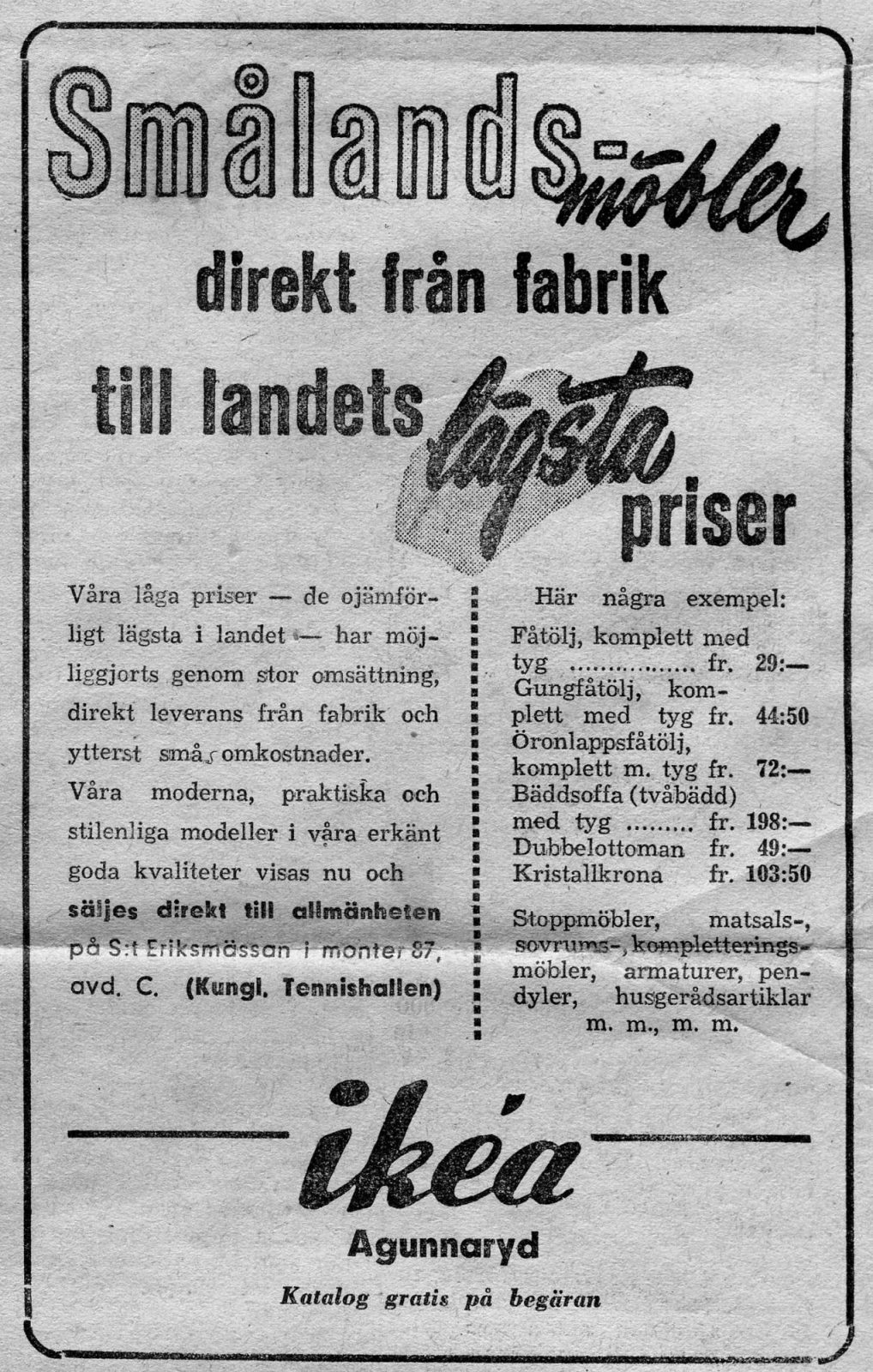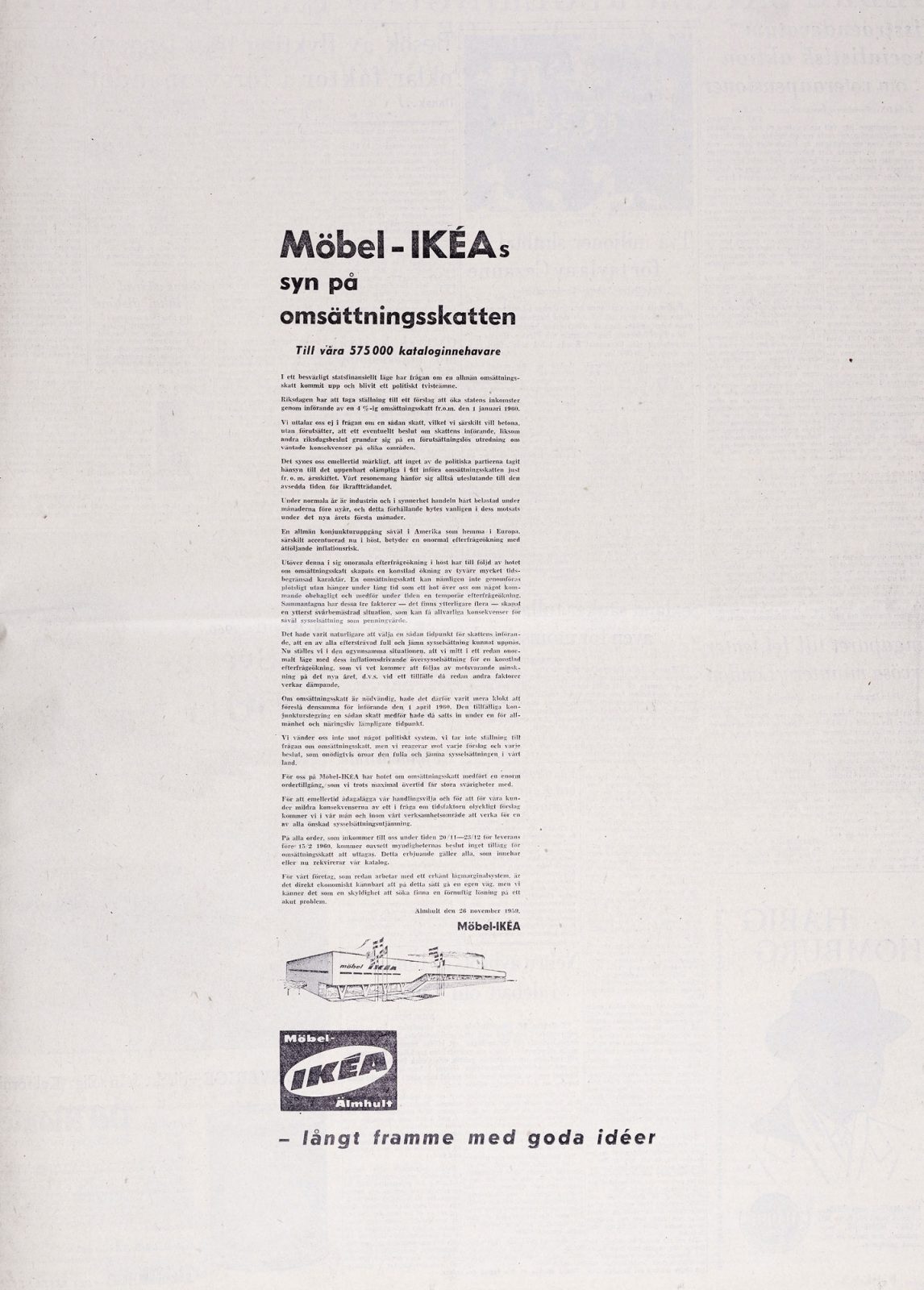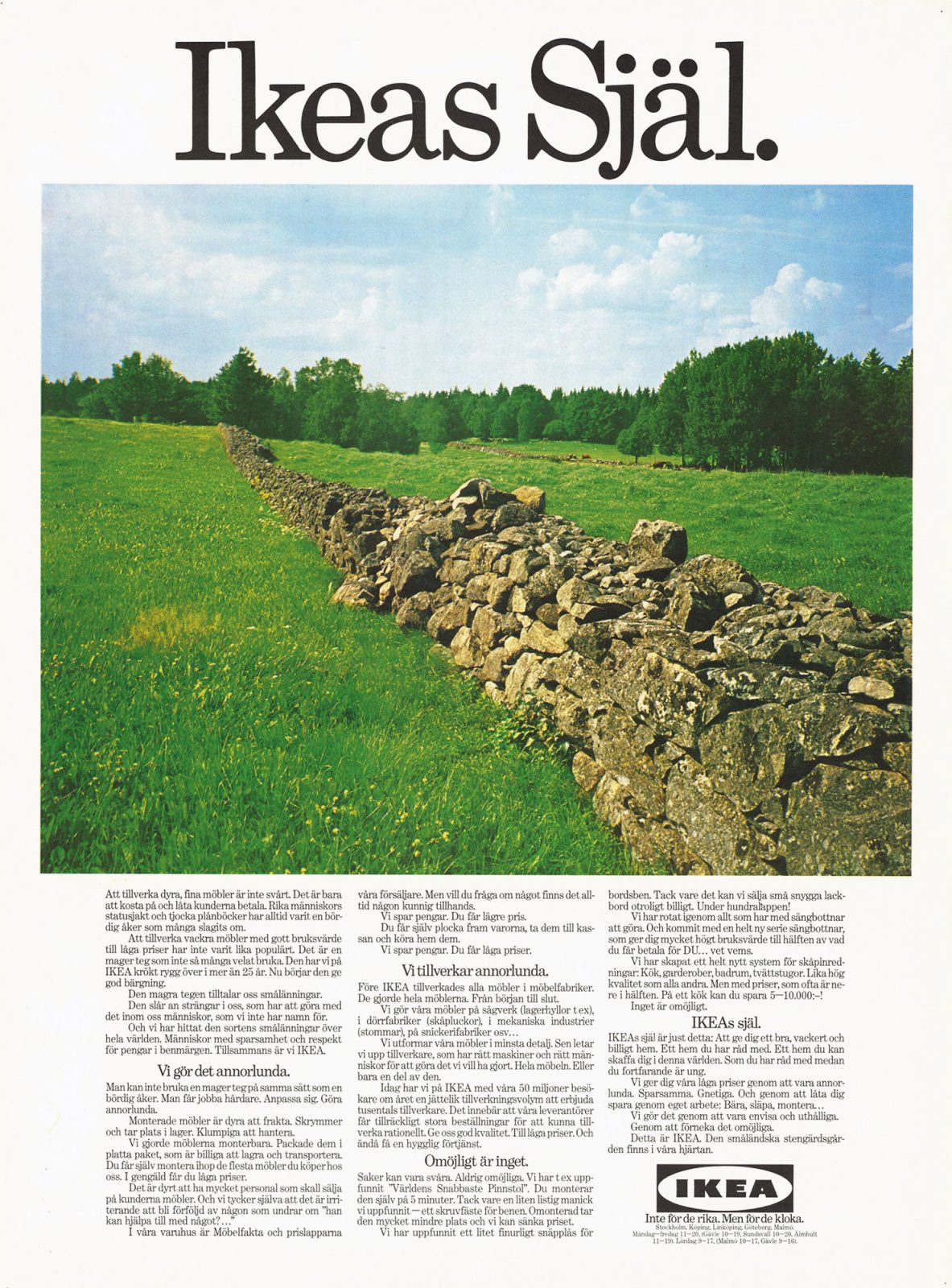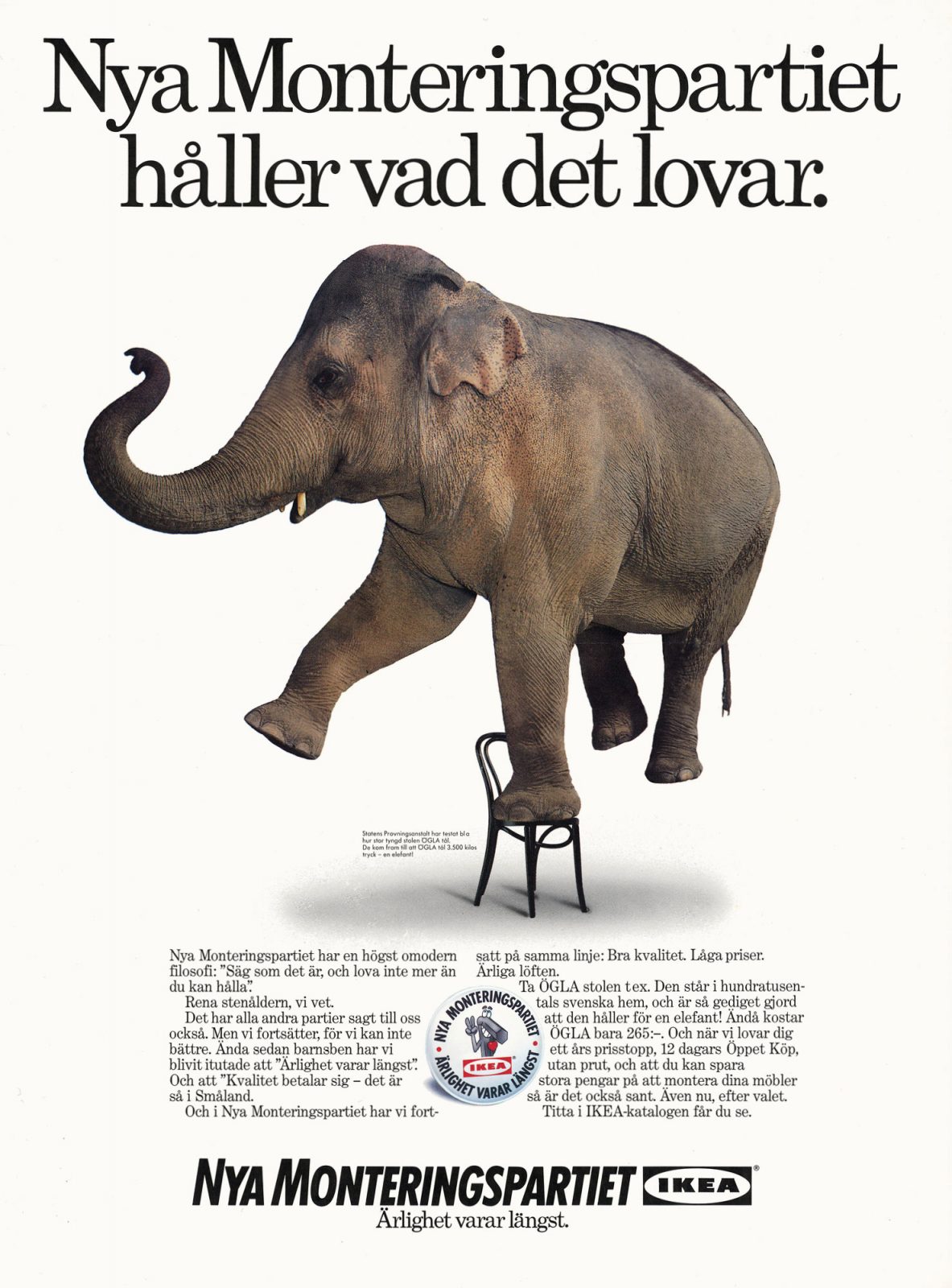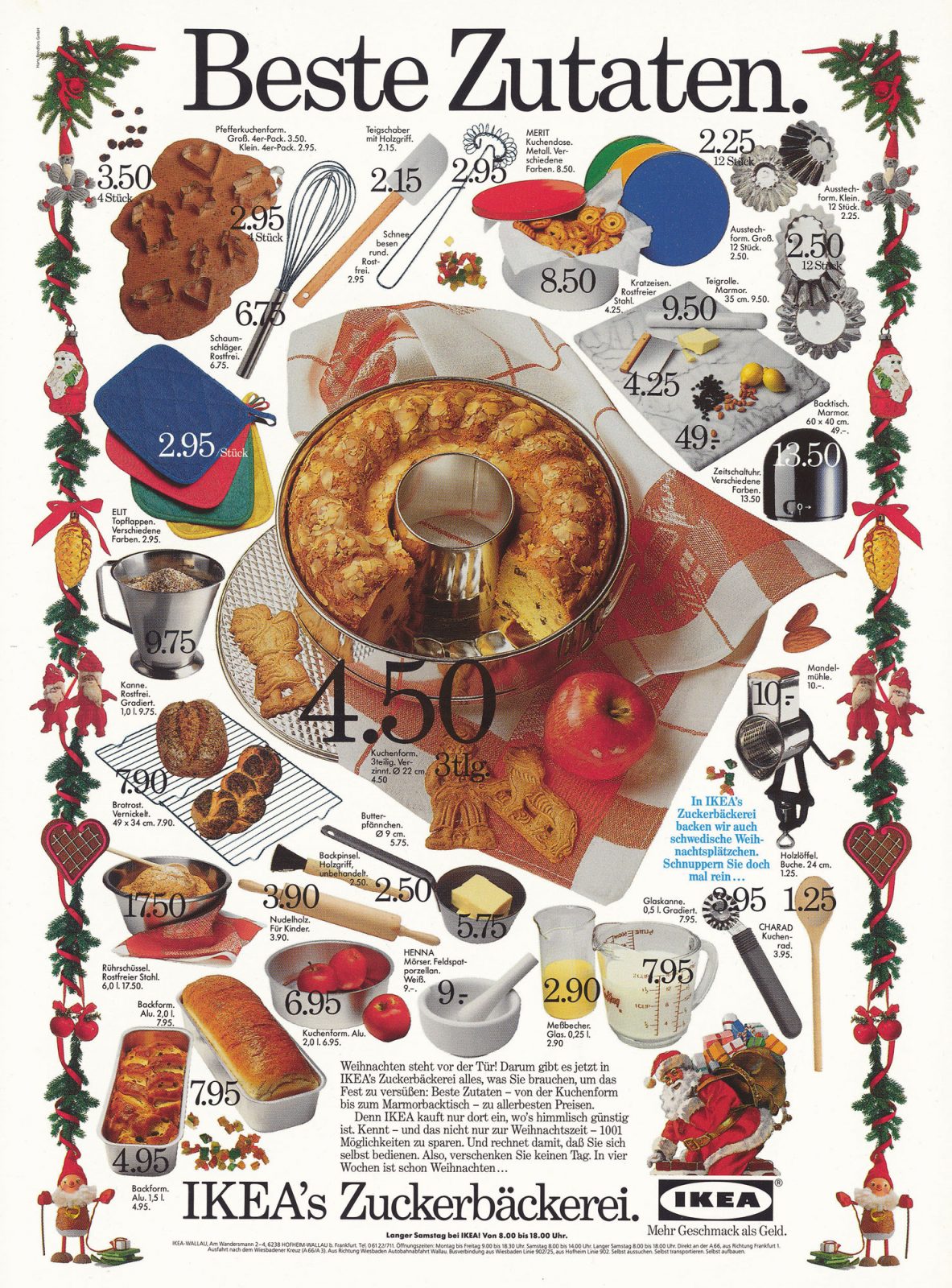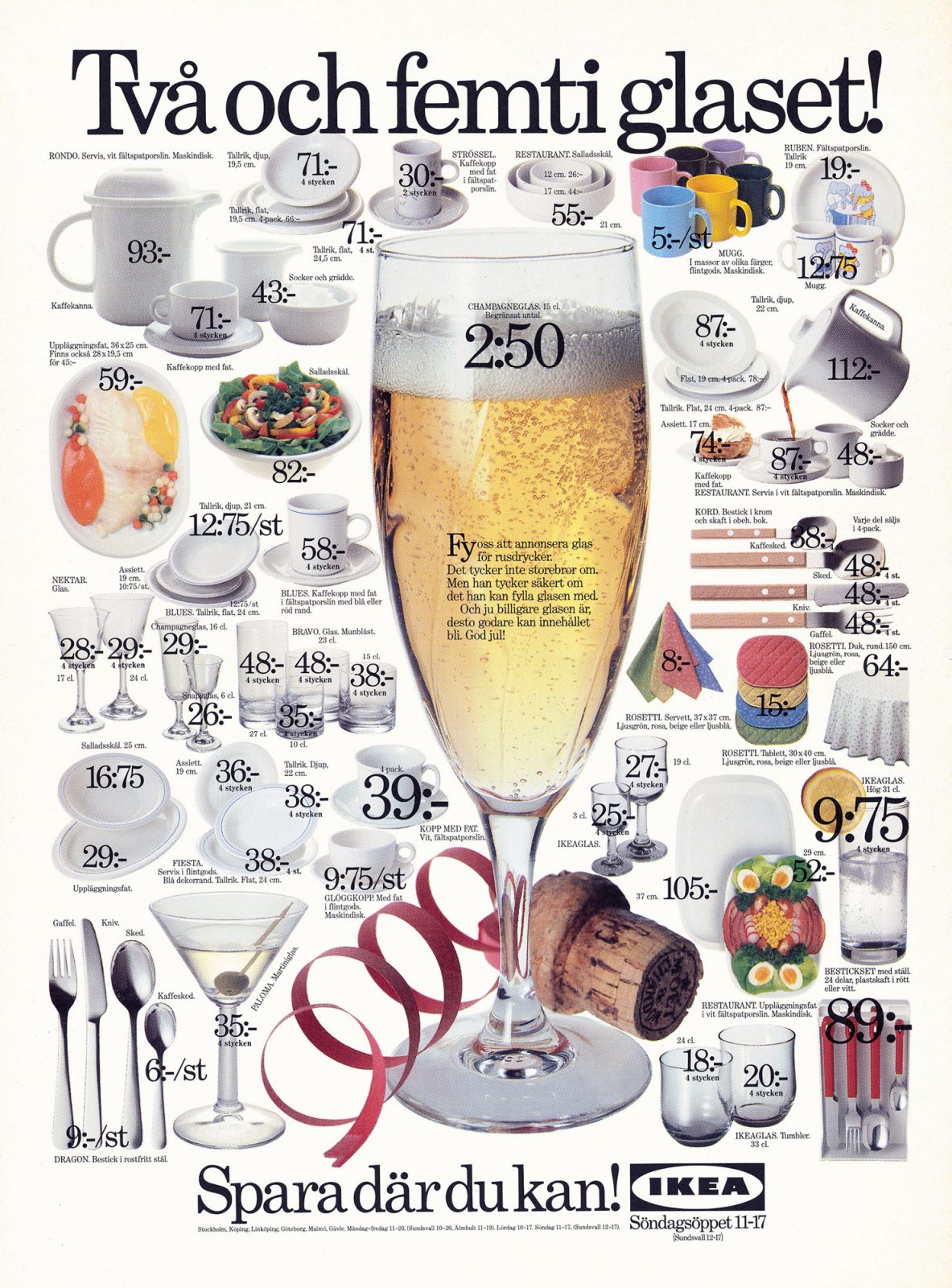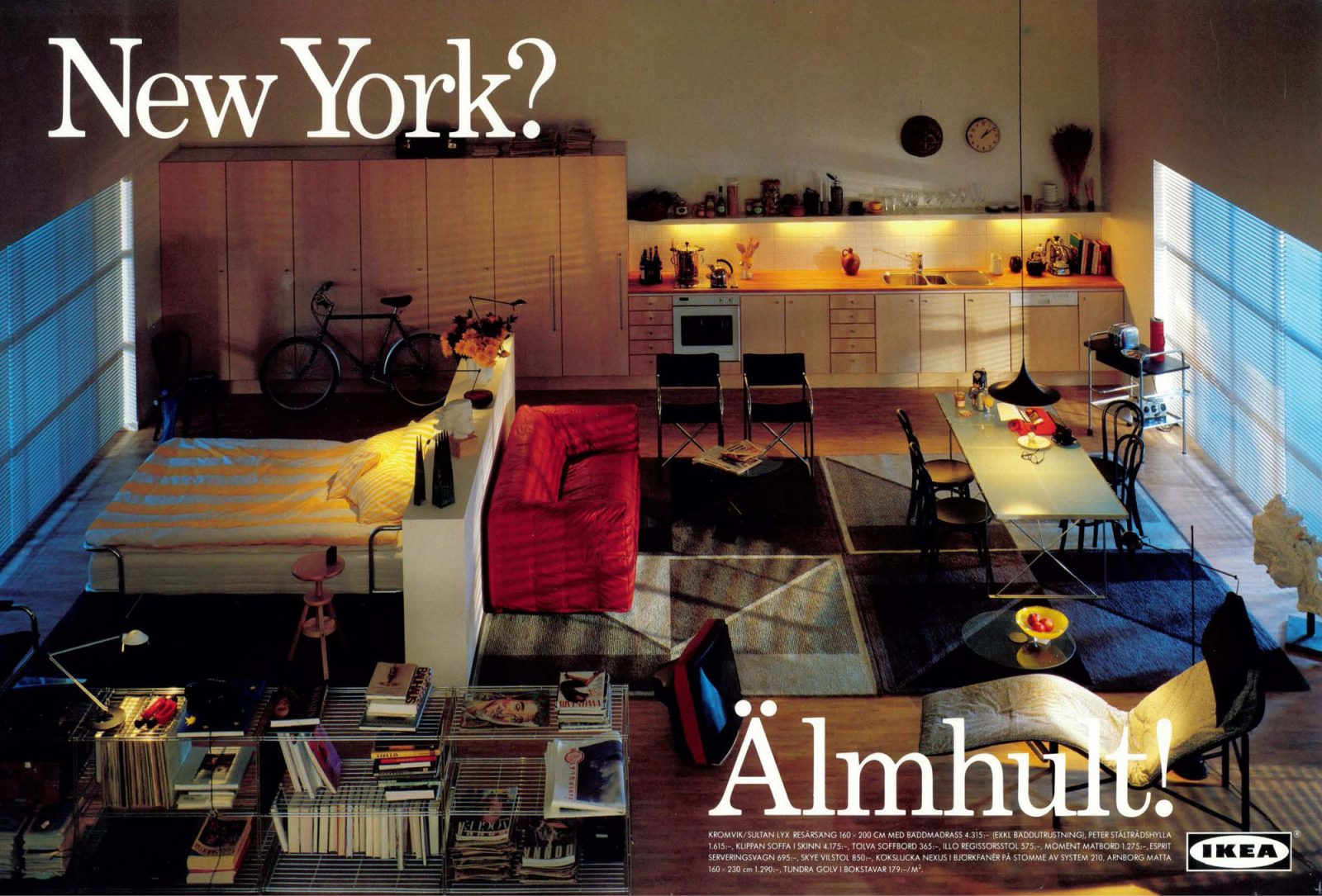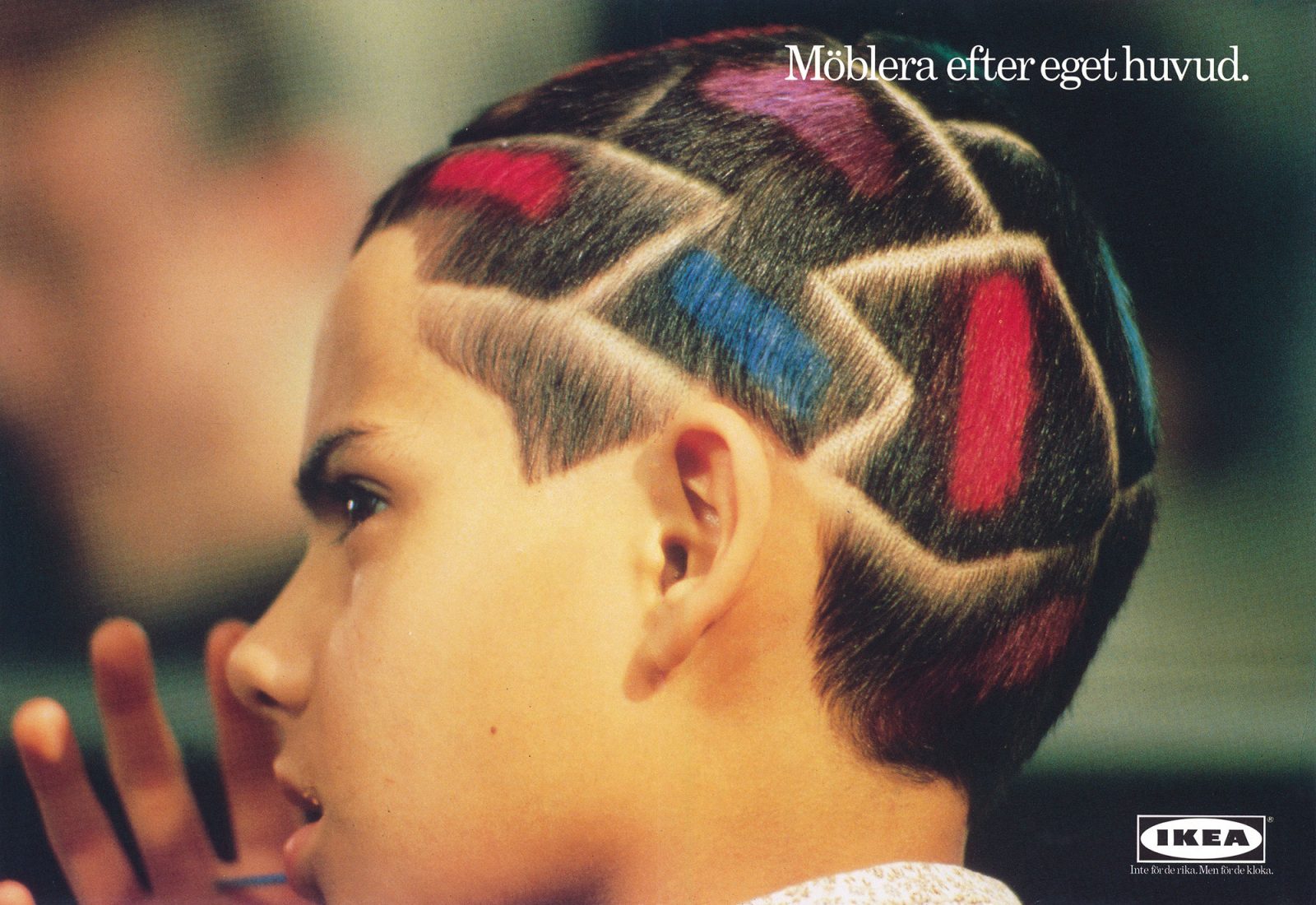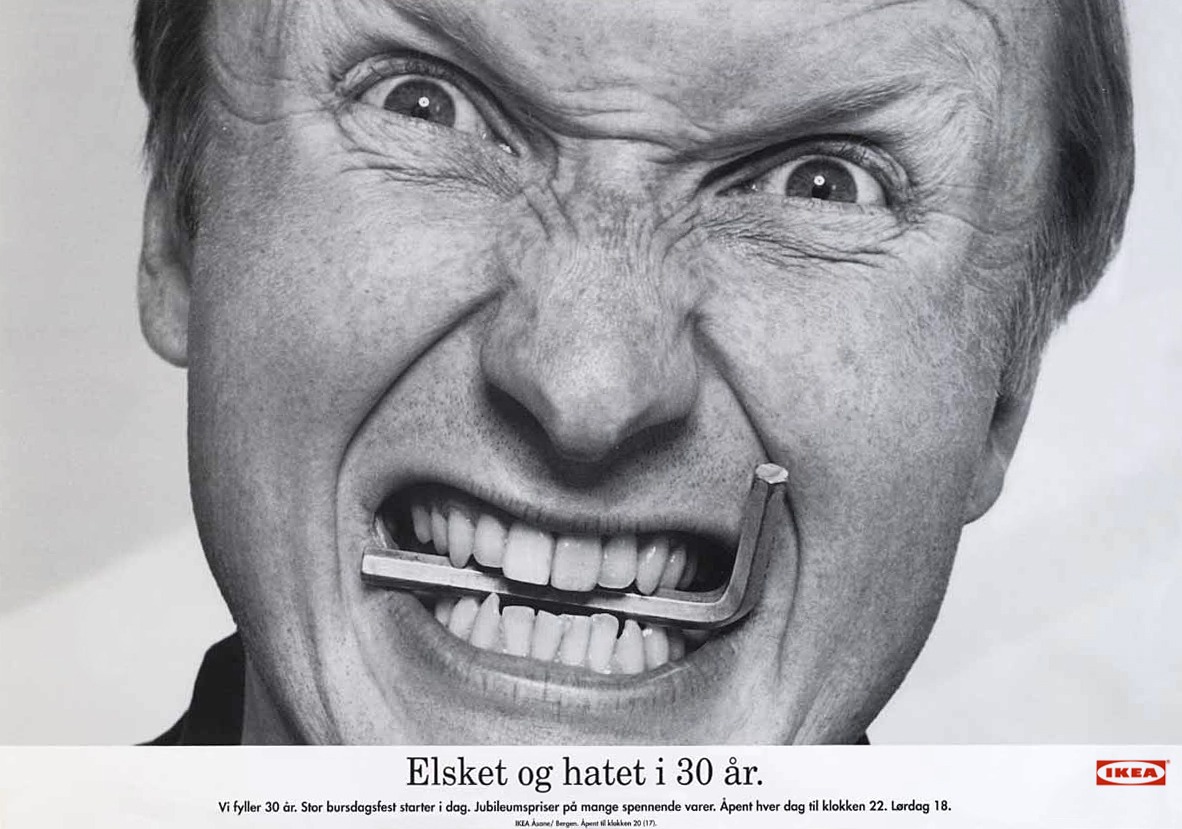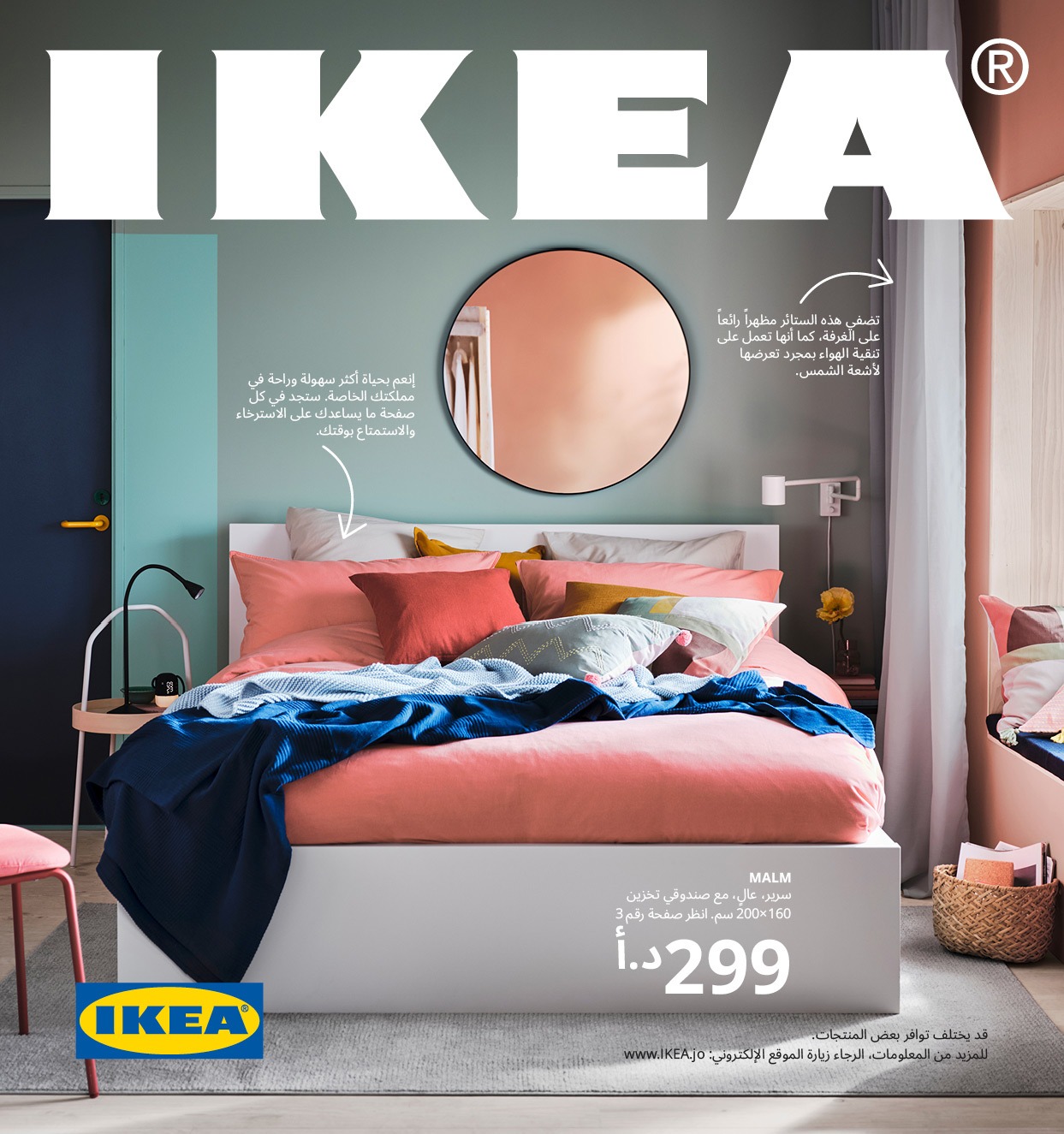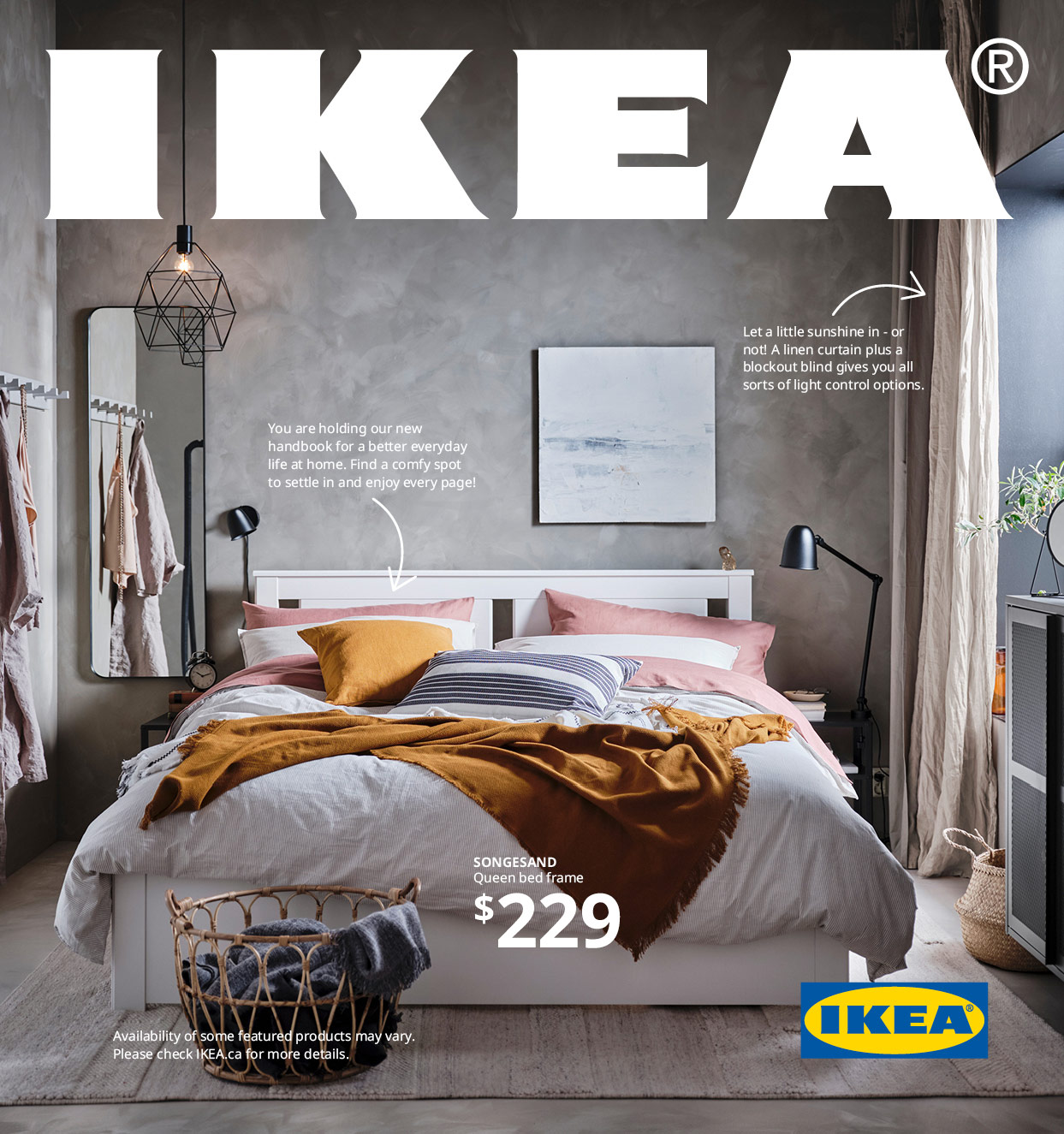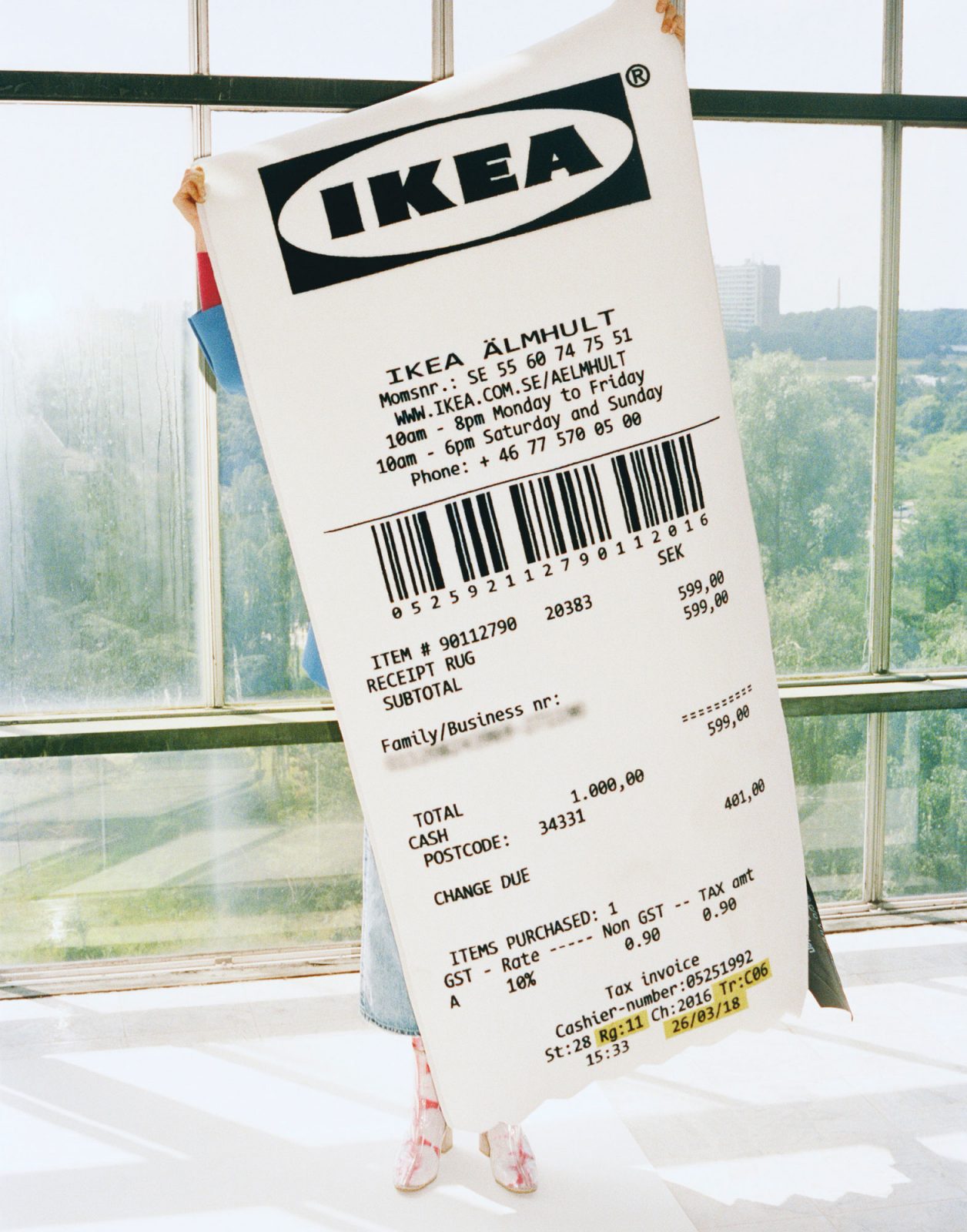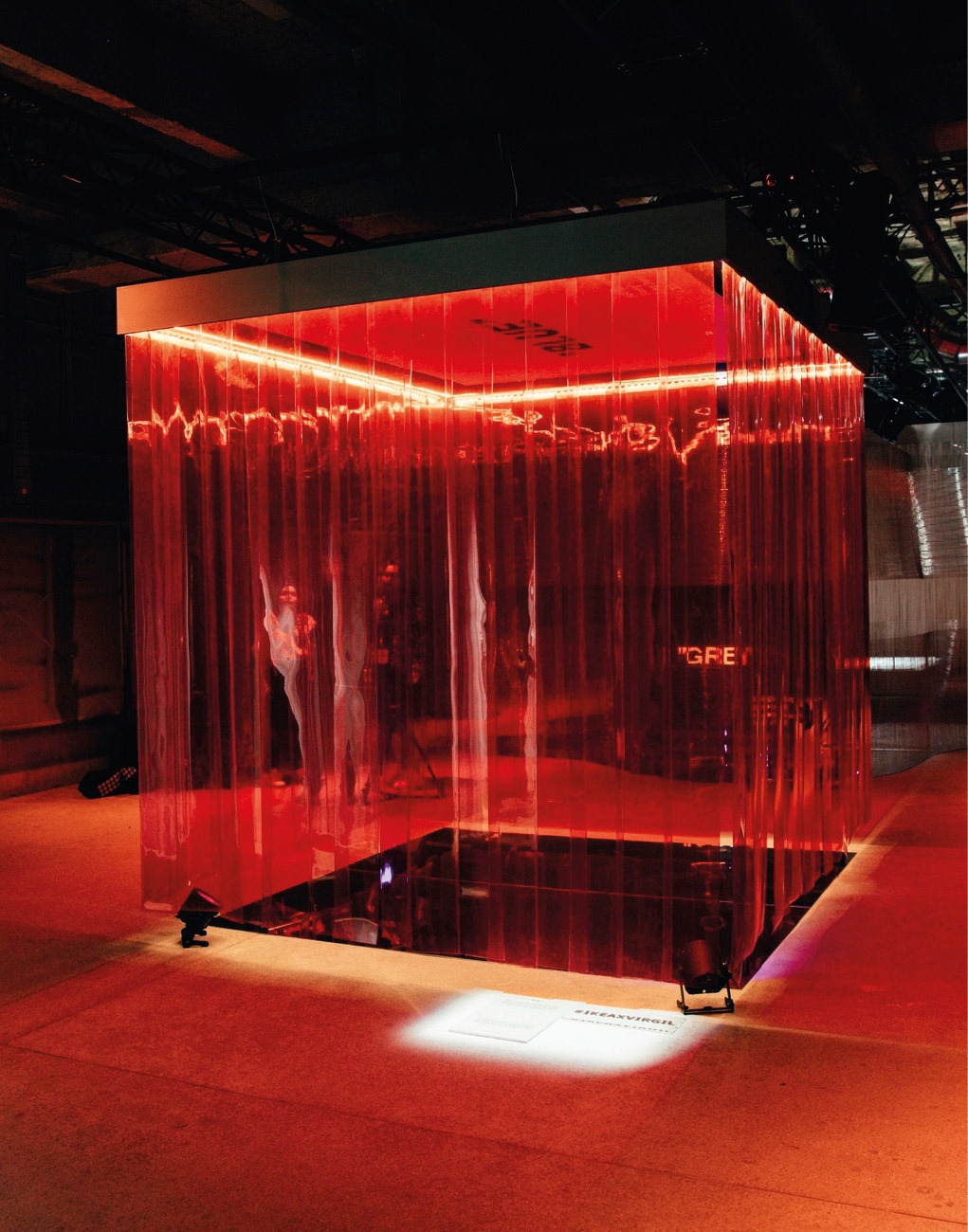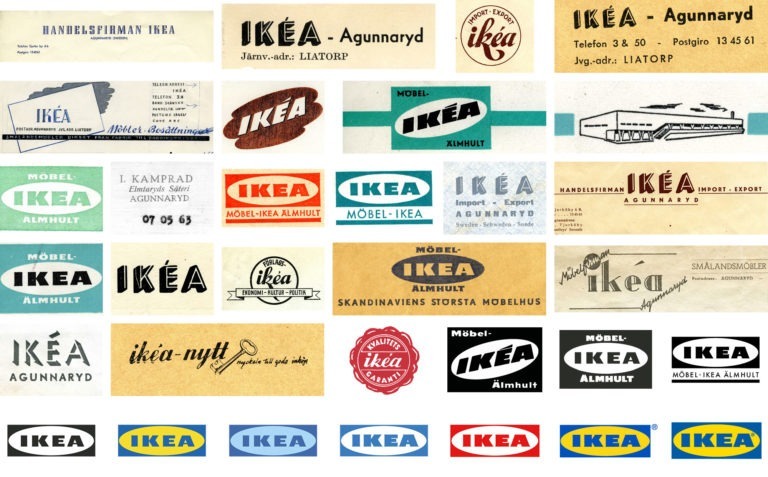Most successful brands have mastered the art of explaining what they do for their customers and why customers should pick them – all in an interesting way. A few have also managed to produce advertising that has become popular, or even stuck firmly in people’s memories, arousing emotions long after its appearance. Some would say that IKEA qualifies for this latter group.
It is said that all communication takes place on the recipient’s terms. When it comes to advertising, another way of saying this is: if the recipient understands and likes what you’re saying and showing, you increase your chances of doing business. So in other words, it’s worth knowing who the recipients are, how they think and where you’ll find them. Not only so you can tell them what they want to hear, but also to provoke thought and interest in new ideas. The basic principle is to know who you’re talking to, and why they should care about what you’re saying.
Ingvar Kamprad understood all this early on, and the insight would become a hallmark of the company’s communication, whatever the medium and whatever the channel. The archives are packed with ad campaigns that surprise, provoke, include, question and take a standpoint, from the late 1940s to modern times.

